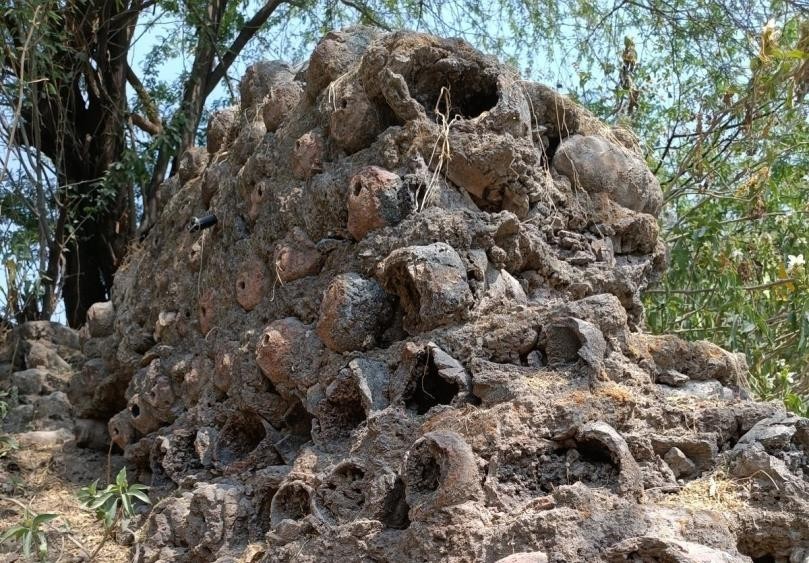Free Courses Sale ends Soon, Get It Now


Free Courses Sale ends Soon, Get It Now



Disclaimer: Copyright infringement not intended.
Context: With 40 UNESCO World Heritage Sites, India's cultural sites are recognized globally. Many of these celebrate the human history, but what about landscapes?
Details:
Significance of the landscapes:
What is geoheritage?
Steps undertaken to draw attention:
Jhamarkotra:
Zawar:
Protection:
|
PRACTICE QUESTION Q) Which of the following statements is/are correct with reference to Geoheritage sites? a. Jhamarkotra is a stromatolite fossil park. b. Zawar is the oldest zinc smelter in the world.
Answer: Option 3 |
https://www.thehindu.com/sci-tech/science/india-geoheritage-sites-jhamarkotra-and-zawar-protection/article66630686.ece
© 2024 iasgyan. All right reserved